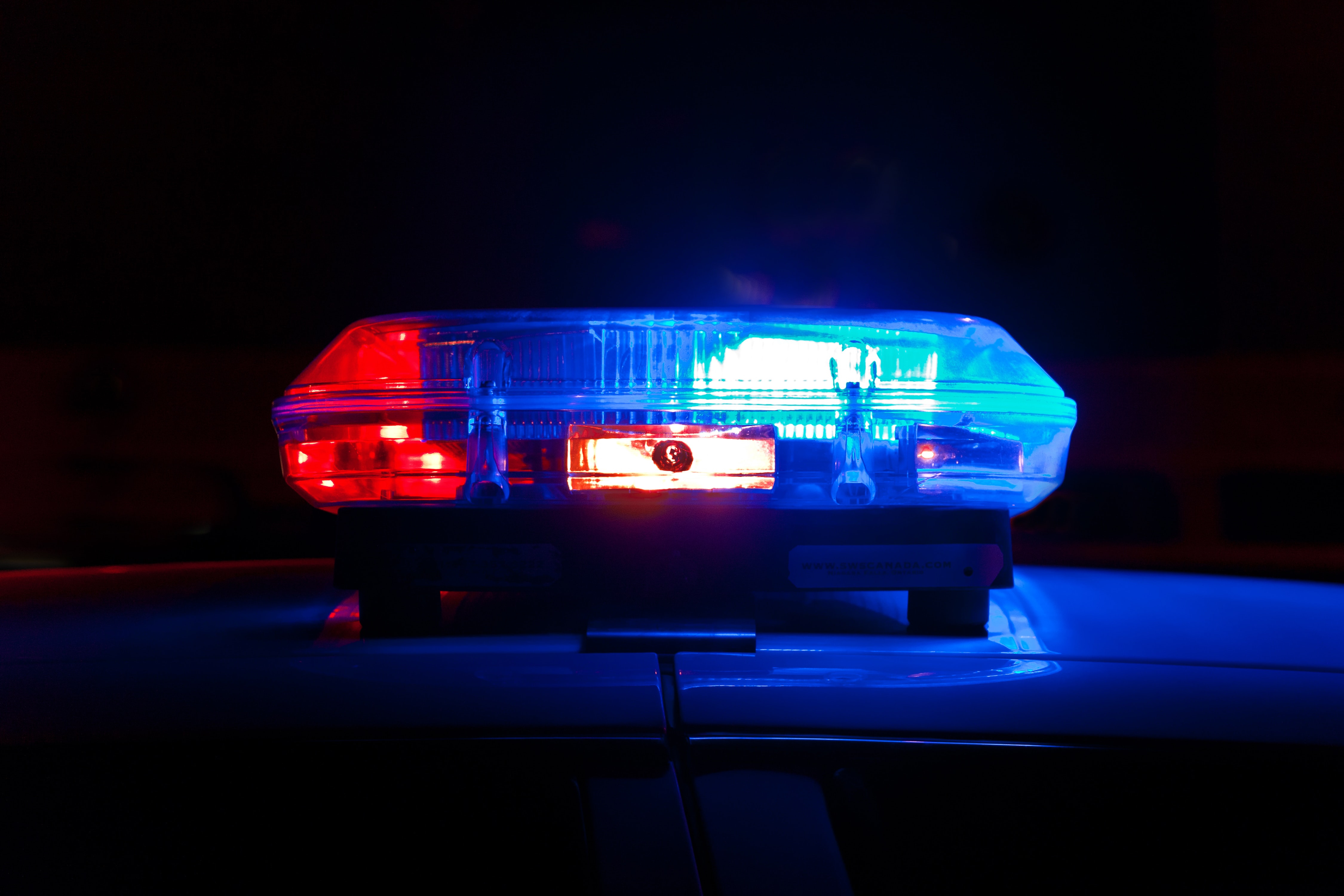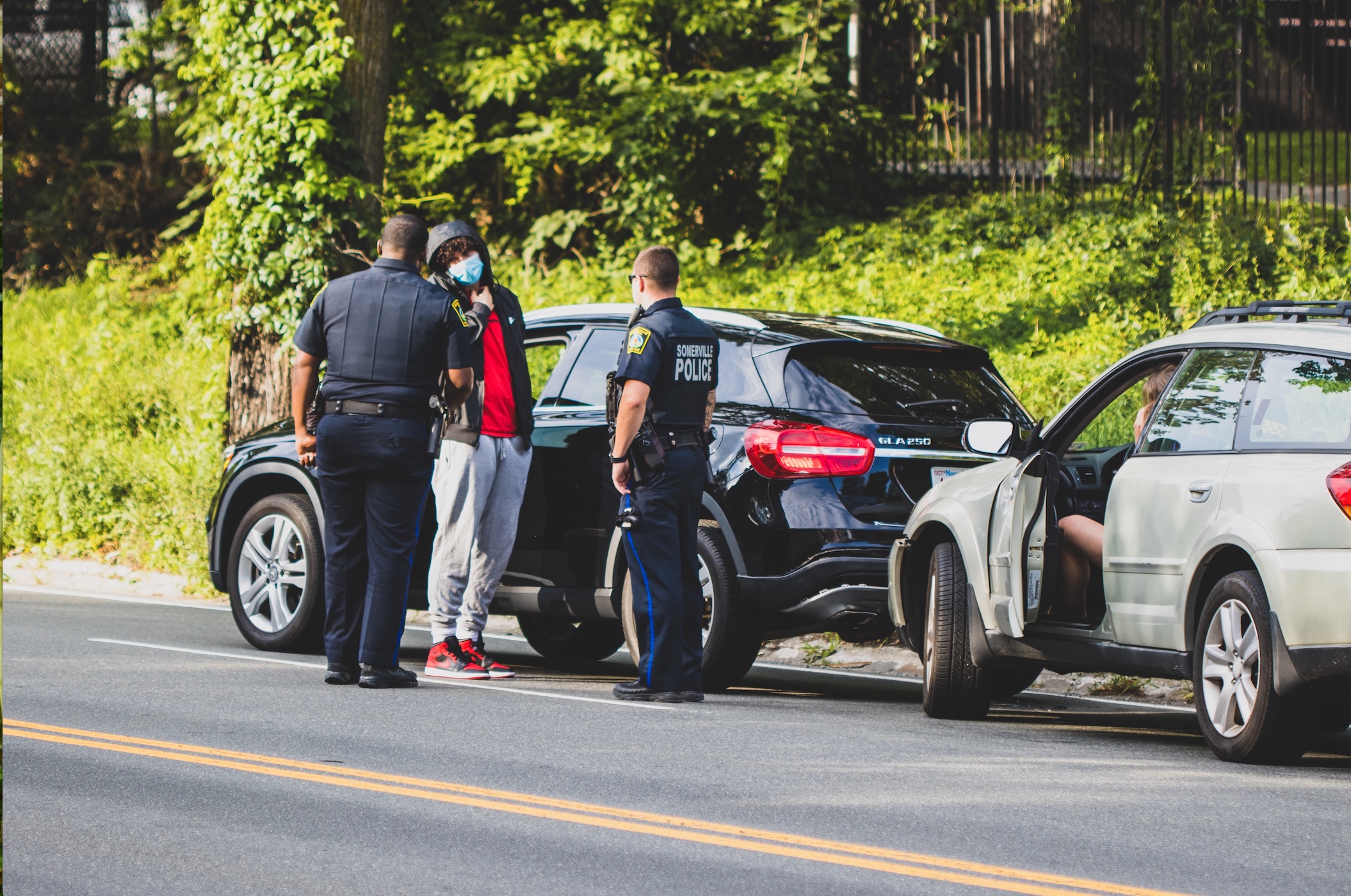Be aware of potential coverage gaps, such as driver exclusions or commercial use, which could impact the availability of coverage.
As a vehicle owner, you may occasionally find yourself in a situation where someone else is driving your car. Whether it’s a friend, family member, or hired driver, accidents can happen unexpectedly. But have you ever wondered about the legal and financial implications if someone else gets into an accident while driving your car?
What to Do After a Car Accident When the Vehicle Owner Is Not Involved
Navigating the aftermath of a car accident is particularly complex when the involved driver is not the actual owner of the vehicle. Therefore, it’s necessary to learn about the necessary steps to take in this type of situation.
From ensuring immediate safety to notifying the vehicle owner to filing a police report and progressing through the insurance claim process, this comprehensive guide provides a clear roadmap of effectively navigating the accident.
Additionally, the guide will provide insight into the importance of determining liability, how to get medical treatment, and the potential need for legal recourse. Keep reading to learn more.
1. Ensure Safety and Seek Medical Assistance (if needed)
The immediate priority after an accident is ensuring safety. If there are any injuries, call emergency services right away for medical assistance. If it is safe to do so, move the vehicles to the side of the road to prevent further accidents or traffic congestion.
2. Exchange Information
Exchange contact information, including names, phone numbers, and addresses, with the other parties involved in the accident. Additionally, take note of the make, model, and license plate numbers of all vehicles involved. If possible, gather contact information from any witnesses present at the accident scene.
3. Notify the Vehicle Owner
Immediately inform the vehicle owner about the car accident. Provide all the relevant details, including the location and time, as well as the contact information of the other parties involved.
4. Document the Accident
Document the accident scene by taking photographs or videos of the damaged vehicles involved, the surrounding area, and any visible injuries. This evidence will be helpful when filing insurance claims or during legal proceedings.
5. File a Police Report

Contact the local police or appropriate law enforcement agency to report the crash. Provide them with information about the incident. They will arrive at the accident scene to assess the situation, gather statements, and create an official police report. Once it becomes available, request a copy of the report for your records.
6. Notify Insurance Companies
Notify your insurance company and the vehicle owner’s insurance company about the accident. Provide them with all the necessary information, including the police report number, contact details of the other involved parties, and any evidence you have gathered. Be prepared to answer questions; however, your responses do not need to be answered in detail.
Insurance Coverage
The first and foremost consideration when someone else is driving your car is the insurance coverage. Typically, auto insurance follows the car rather than the driver. This means that if you have proper auto insurance, your policy should generally provide coverage for damages in the event of an accident, regardless of who is driving.
However, it’s crucial to review your insurance policy and consult with your insurance provider to understand the specific details and any potential limitations or exclusions.
7. Insurance Claim Process
The insurance companies will initiate their investigation processes. They may assign an adjuster to assess the damages, determine liability, and evaluate the extent of injuries. Cooperate fully with the insurance companies, providing any requested documentation, statements, or evidence they require.
8. Liability Determination
The insurance companies will assess the circumstances of the accident, review the evidence, and determine liability. This process involves considering factors such as police reports, witness statements, photos, and any available video footage. The responsible party’s insurance will generally be liable for covering the damages.
Primary Liability
In case of an accident, the primary liability for the damage usually falls on the insurance coverage of the vehicle owner. This means that if the person driving your car is found at fault, your insurance may be responsible for covering the damages to the other party involved, including their vehicle repairs, medical expenses, and other associated costs, up to the policy limits.
Secondary Liability
While the vehicle owner’s insurance is generally the primary coverage, there are scenarios where the driver’s insurance might come into play as well. If the person driving your car has their own auto insurance, their policy could act as secondary coverage to cover any additional damages that exceed your policy limits.
Therefore, it is essential to understand how the coordination of insurance coverage works and whether the driver’s policy provides such excess coverage.
Be Aware of Potential Coverage Gaps
Despite the primary and secondary insurance coverage, there might still be potential coverage gaps. For instance, if the person driving your car is excluded from your policy or if they are driving without a valid license, your insurance company may deny coverage for the accident.
Similarly, if the driver was using your vehicle for commercial purposes, such as ridesharing, it could result in coverage issues. It’s crucial to be aware of these potential gaps and discuss them with your insurance provider to ensure you have appropriate coverage in different scenarios.
9. Vehicle Repairs and Medical Treatment
If you have sustained injuries, seek necessary medical treatment, and keep all medical records and receipts. The at-fault party’s insurance (or your own insurance, if applicable) should cover your medical expenses, subject to policy terms and limits. Similarly, vehicle repairs or replacement will be handled through the insurance claims process.
10. Legal Recourse (if necessary)
If there are disputes regarding liability, insurance coverage, or the extent of damages, you may need to seek legal advice. Consult with a personal injury attorney who specializes in car accidents to understand your rights, explore legal options, and potentially file a lawsuit for compensation.
Additional Legal Ramifications
In addition to insurance considerations, there can be legal ramifications if someone else gets into an accident while driving your car. If the injured party decides to pursue a legal claim, they may name both the driver and the vehicle owner as defendants.
Depending on the circumstances and local laws, the vehicle owner might be held vicariously liable for the actions of the driver. It’s advisable to consult with a legal professional if you find yourself in such a situation to understand your rights and responsibilities.
If someone else is driving your car and gets into an accident, your auto insurance policy should generally provide coverage for damages, with your policy being the primary liability. However, it’s important to review your insurance coverage, understand any potential limitations or exclusions, and consider the driver’s insurance policy as secondary coverage.
Be aware of potential coverage gaps, such as driver exclusions or commercial use, which could impact the availability of coverage. Additionally, legal ramifications may arise, and consulting with a legal professional is advisable to navigate such situations effectively.
Remember, staying informed, maintaining adequate insurance coverage, and practicing responsible vehicle usage can help protect you and your assets in case of an accident involving someone else driving your car.
These individual steps and procedures can vary depending on the jurisdiction and the details of the accident. It is important to consult with local authorities, insurance professionals, and legal experts to ensure you follow the appropriate processes in your specific situation.
For more information regarding this specific vehicle incident, whether it pertains to you or someone you know, contact The Law Offices of Daniel Kim for legal counsel. Learn more about car accident lawyer Daniel Kim, who puts clients at the center of his award-winning Orange County law firm in California.


Join the conversation!